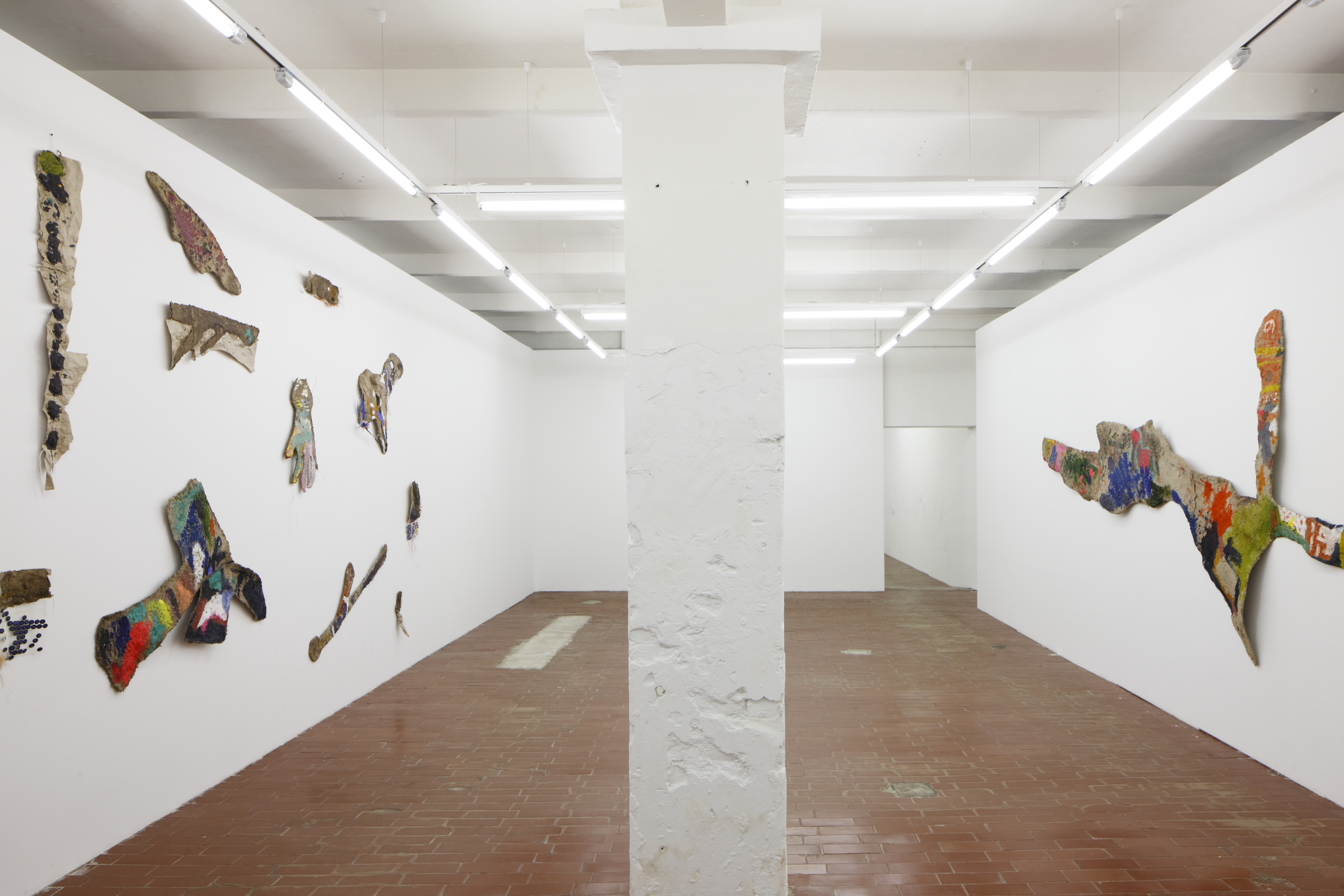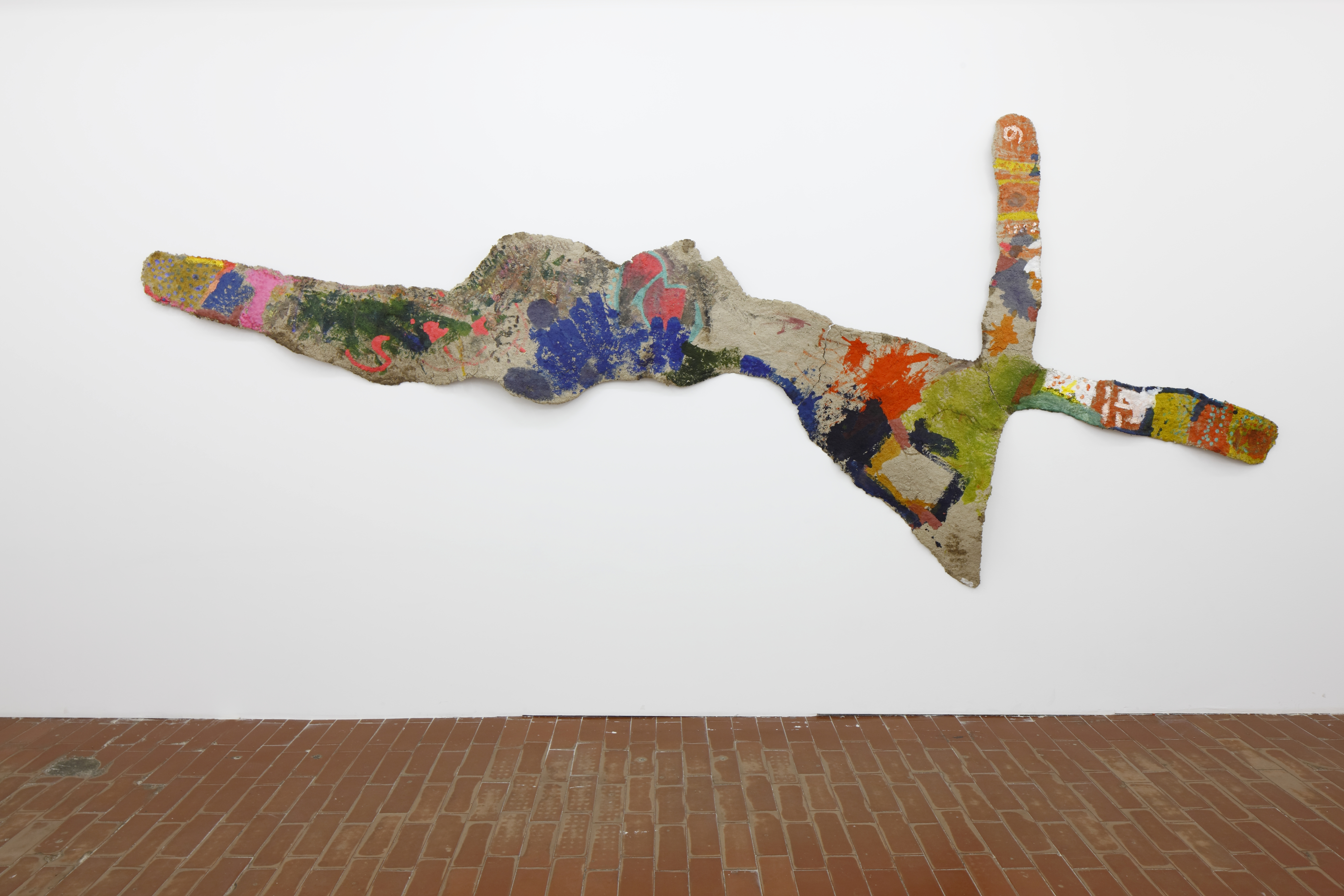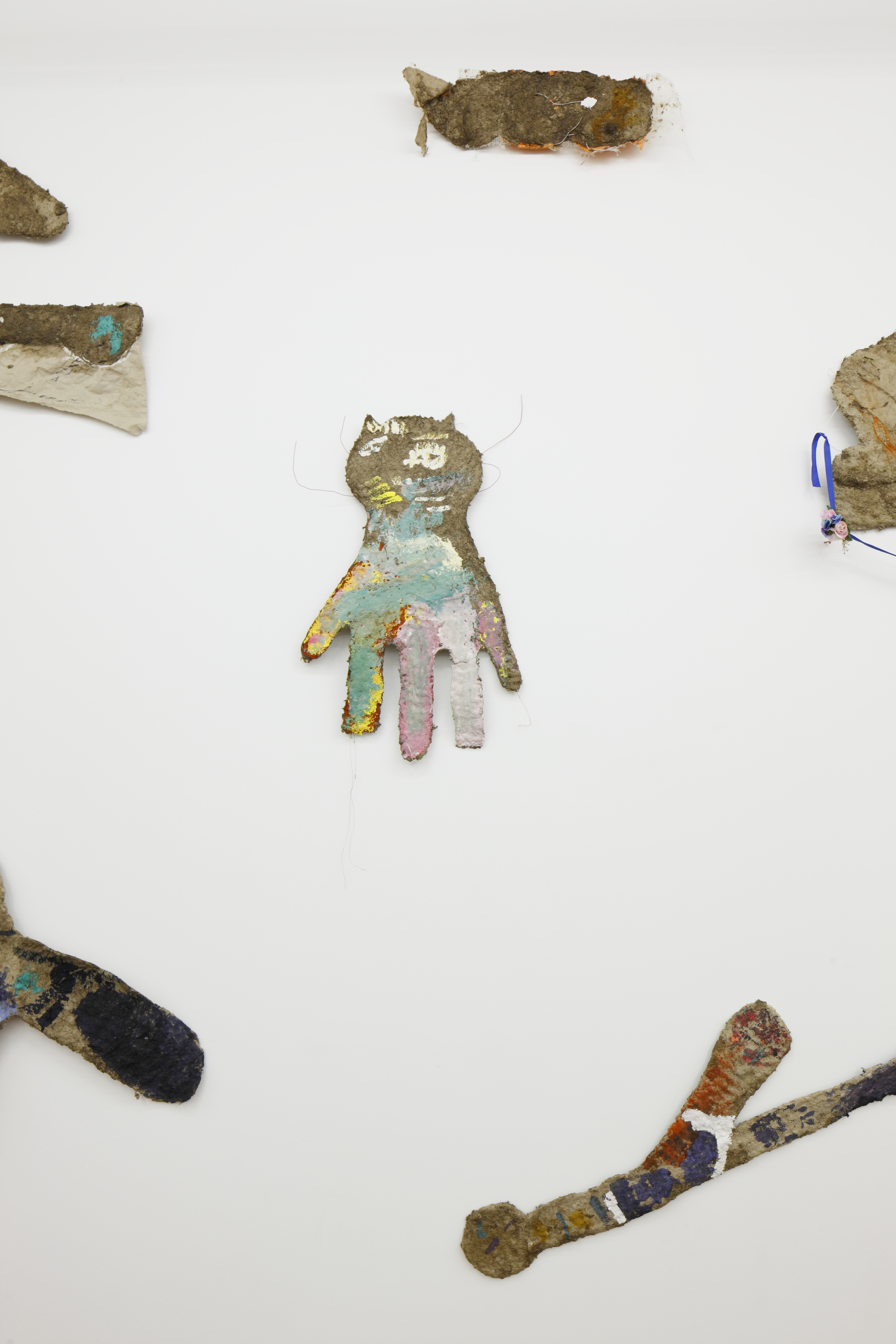The Shakiest of Things
2017
kim? Contemporary Art Centre, Riga
curated by Zane Onckule
2017
kim? Contemporary Art Centre, Riga
curated by Zane Onckule
Working with paper pulp is time-consuming, which turns an exhibition into an event that unfolds in time; although marginal and elusive to the eyes, however, change occurs throughout – as the material is drying out completely. The process itself, again, is associated with Walser’s Microscripts through its characteristic deficiencies and its “chaotic dispersal”, which, in turn, confirms the artist's interest in themes such as perception, the message, imagination and uncertainty, all in its various forms of representation.
... more here
... more here


